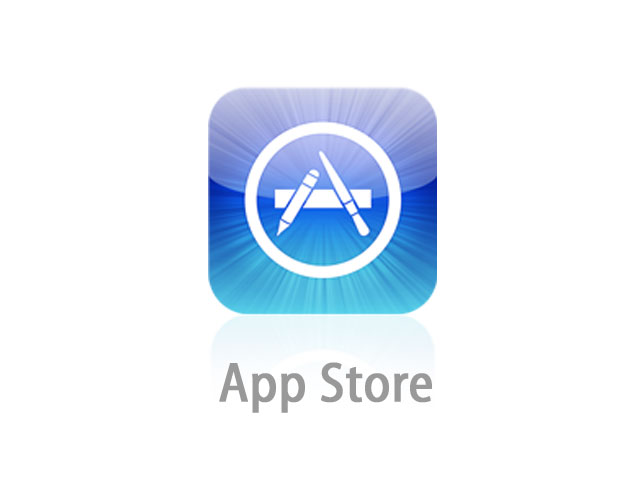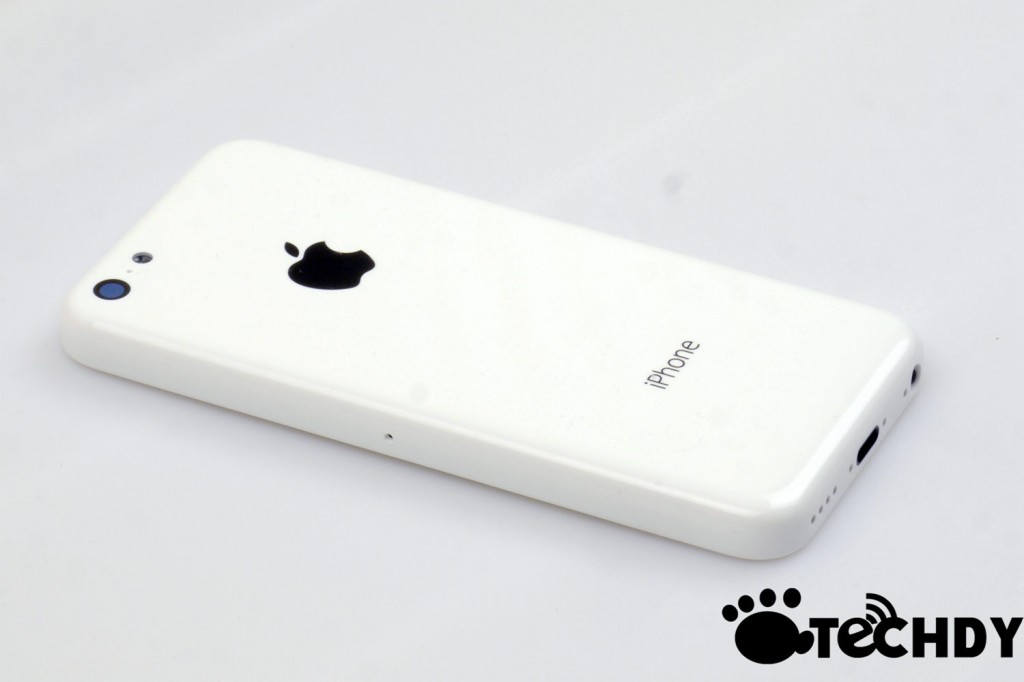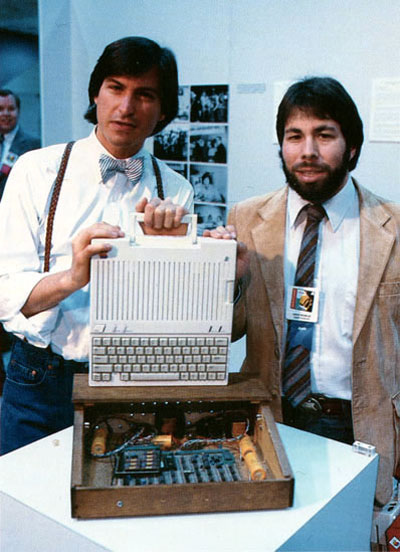developers
informing them that its developer website was attacked by an outsider last
week, AllThingsD reports. The company has stated in the mail that it was due to
an intruder’s intervention that it had to shut its developer’s website. On the
safety front, Apple has claimed that since the database and information
regarding developer’s sensitive personal details had been saved in an encrypted
format, these could not be misused by the intruder. Though, it has also
mentioned that the attacker might have been able to access developers name,
mailing addresses, and/or email addresses.
Apple’s developer site had been shut since Thursday and it had initially said it was down for maintenance, only now revealing the real cause. According to the note sent to developers, the website will remain shut for security reasons, and will be unavailable until the company hardens the security and provides a better safety system. The note also includes that they are “completely overhauling our developer systems, updating our server software, and rebuilding our entire database.”
Apple has not mentioned any detail on when exactly will it reopen for the developers, and has stated that “we expect to have the developer website up again soon.”
The website is updated now, and is reopened for users.
The Apple developer site can be used by developers to get access to iOS 7, OS X Mavericks and other software development kits. It also guides developers in putting their apps to beta testers, and comes with developer-only forums.
Here is the note sent out to the developers:
Apple Developer Website Update
Last Thursday, an intruder attempted to secure personal information of our registered developers from our developer website. Sensitive personal information was encrypted and cannot be accessed, however, we have not been able to rule out the possibility that some developers’ names, mailing addresses, and/or email addresses may have been accessed. In the spirit of transparency, we want to inform you of the issue. We took the site down immediately on Thursday and have been working around the clock since then.
In order to prevent a security threat like this from happening again, we’re completely overhauling our developer systems, updating our server software, and rebuilding our entire database. We apologize for the significant inconvenience that our downtime has caused you and we expect to have the developer website up again soon. Apple’s developer site also houses sensitive financial information, which is encrypted.
Apple’s developer site had been shut since Thursday and it had initially said it was down for maintenance, only now revealing the real cause. According to the note sent to developers, the website will remain shut for security reasons, and will be unavailable until the company hardens the security and provides a better safety system. The note also includes that they are “completely overhauling our developer systems, updating our server software, and rebuilding our entire database.”
Apple has not mentioned any detail on when exactly will it reopen for the developers, and has stated that “we expect to have the developer website up again soon.”
The website is updated now, and is reopened for users.
The Apple developer site can be used by developers to get access to iOS 7, OS X Mavericks and other software development kits. It also guides developers in putting their apps to beta testers, and comes with developer-only forums.
Here is the note sent out to the developers:
Apple Developer Website Update
Last Thursday, an intruder attempted to secure personal information of our registered developers from our developer website. Sensitive personal information was encrypted and cannot be accessed, however, we have not been able to rule out the possibility that some developers’ names, mailing addresses, and/or email addresses may have been accessed. In the spirit of transparency, we want to inform you of the issue. We took the site down immediately on Thursday and have been working around the clock since then.
In order to prevent a security threat like this from happening again, we’re completely overhauling our developer systems, updating our server software, and rebuilding our entire database. We apologize for the significant inconvenience that our downtime has caused you and we expect to have the developer website up again soon. Apple’s developer site also houses sensitive financial information, which is encrypted.
Apple logo is seen in this file photo. AP
Computer and software giant Apple said that it took its software developers' website offline
after it was hacked, warning that personal information about them may have been
stolen. Apple said on Sunday that no customer
information had been compromised, but was unable to rule out the possibility
that some developers’ names, mailing addresses, and email addresses may have
been accessed.
An
Apple spokesman said the website that was breached was not associated with any
customer information.
It remained unclear how much, if any, data was compromised
or who the attackers were. Apple would not comment on their identity.
“Sensitive personal information was encrypted and
cannot be accessed. However, we have not been able to rule out the possibility
that some developers’ names, mailing addresses, and/or email addresses may have
been accessed,” Apple told developers on its website.
“To prevent a security threat like this from
happening again, we’re completely overhauling our developer systems, updating
our server software, and rebuilding our entire database,” Apple said in a
statement, adding that the developer website will be up and running soon.
The company also told developers that their
membership, if set to expire, has been extended and all third-party apps will
remain on Apple’s app store for the duration.














